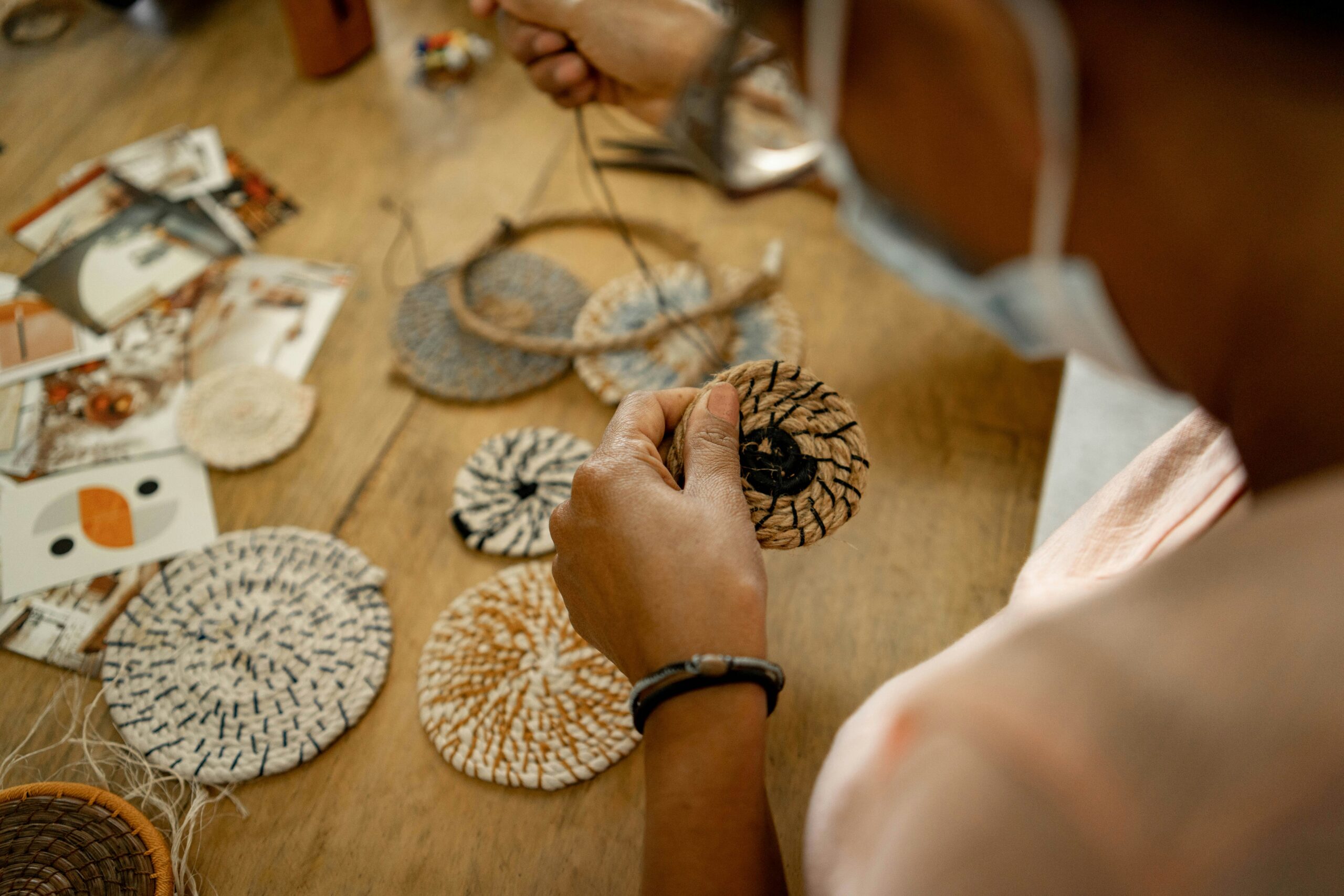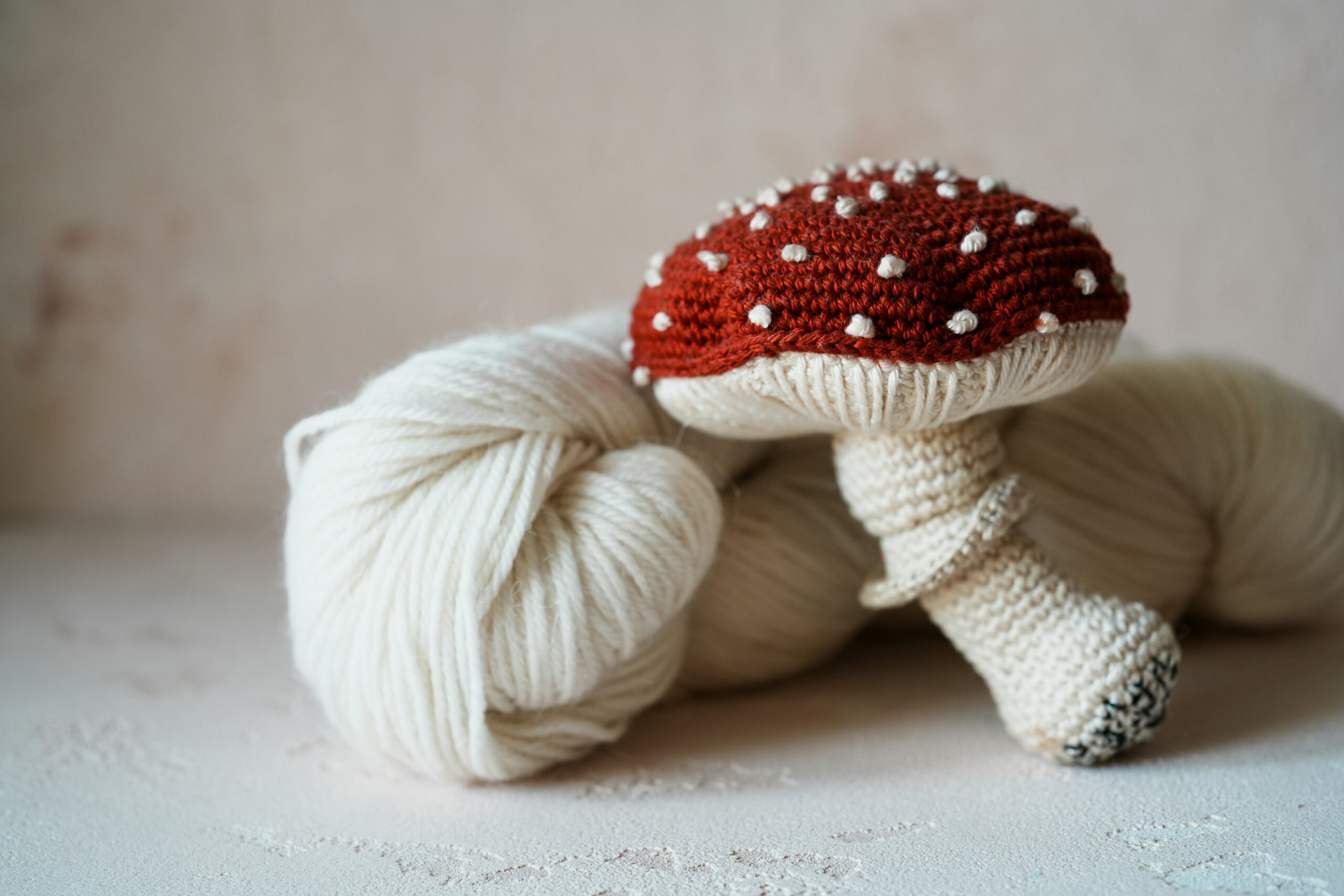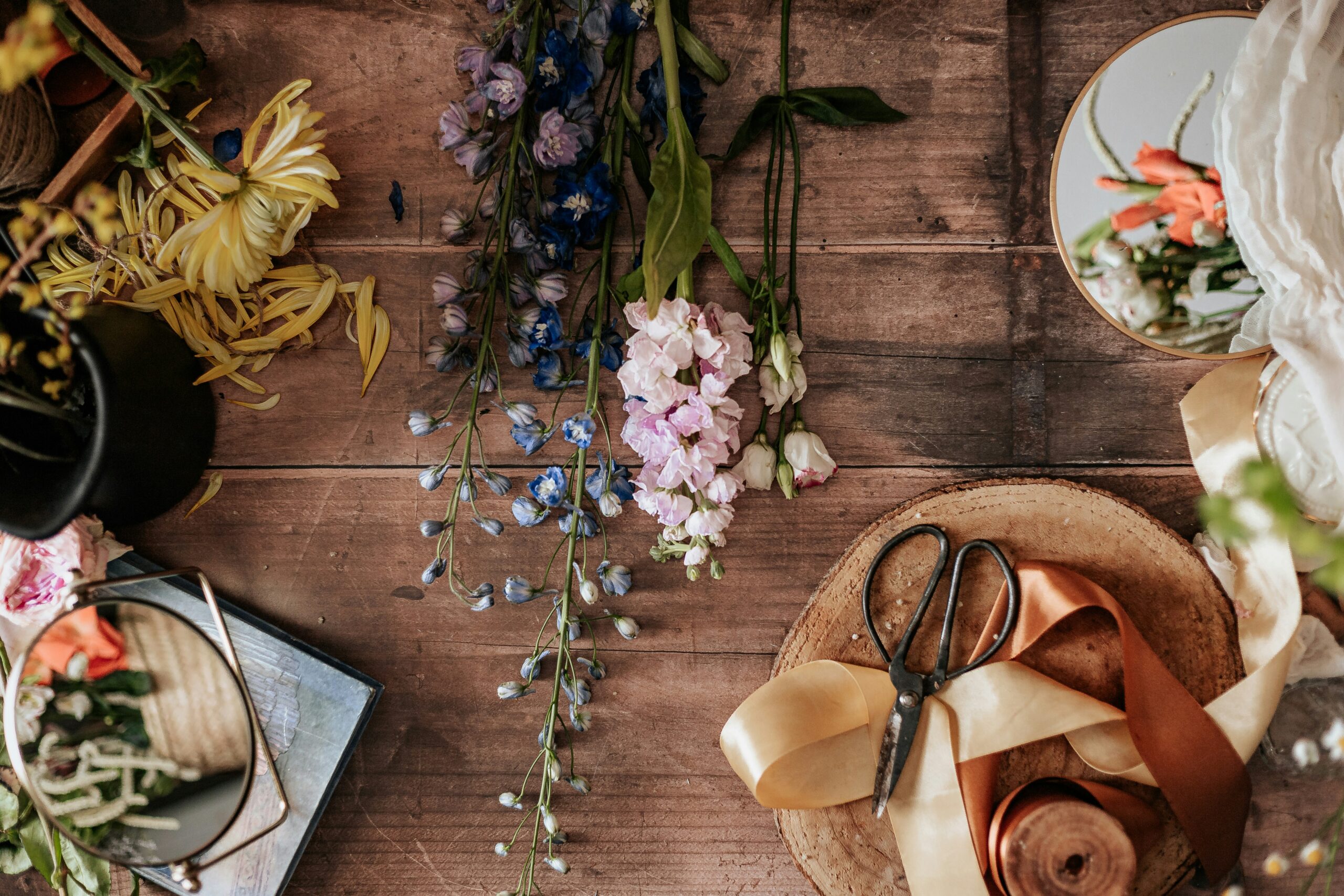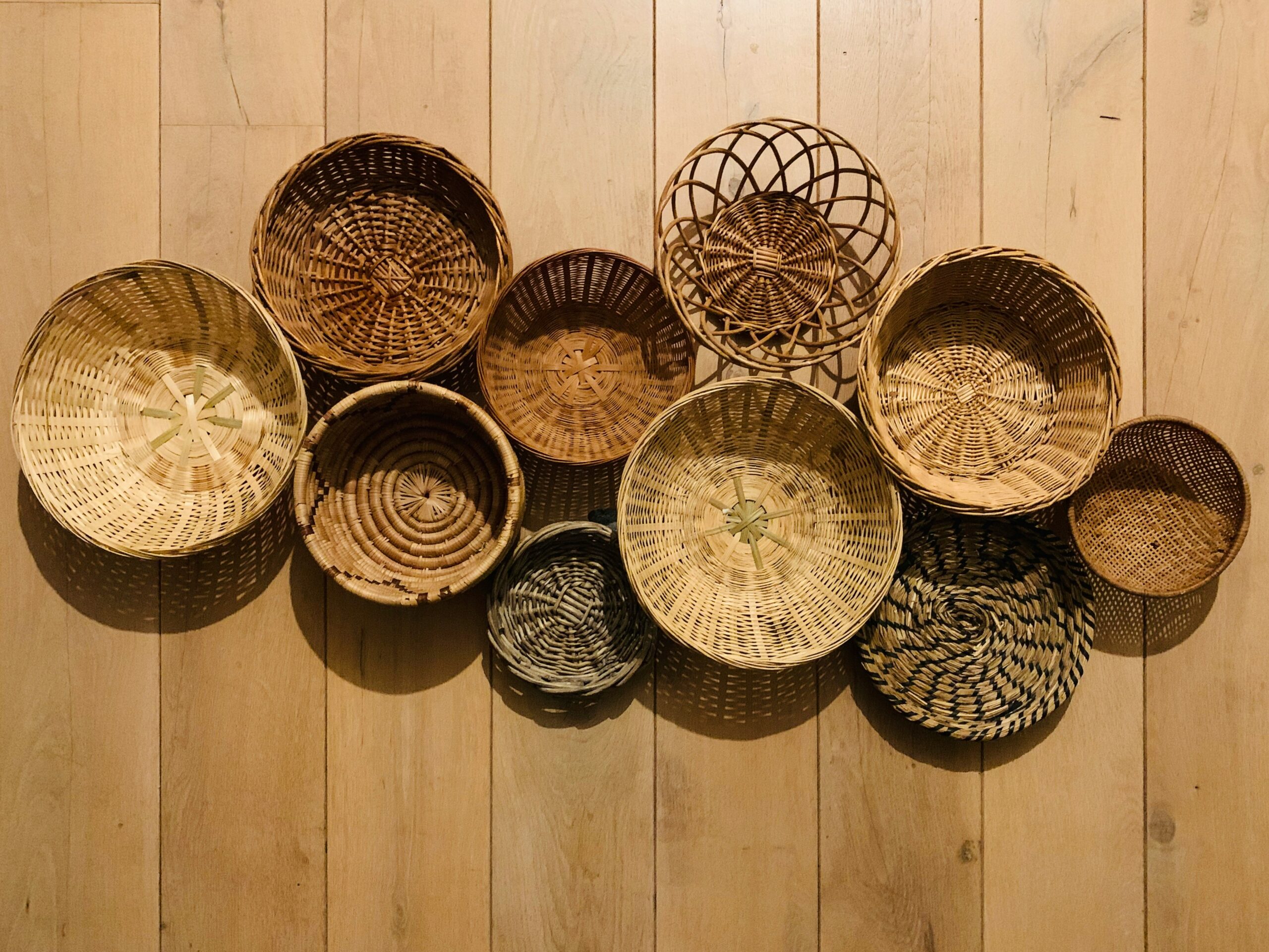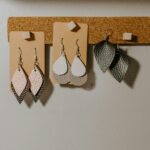In a world where sustainability is becoming more important than ever, it’s no surprise that the crafting community is beginning to embrace eco-friendly materials. Whether you’re knitting, sewing, painting, or creating something entirely different, the materials you choose can have a significant impact on both the environment and your creativity. Sustainable crafting isn’t just a trend; it’s a responsible and thoughtful approach that benefits the planet, supports ethical production, and even enhances the quality of your handmade projects.
In this article, we’ll explore the importance of sustainable crafting, the eco-friendly materials you can use, and how to make conscious decisions about the materials you incorporate into your creative pursuits:
- The importance of sustainability in crafting
- Eco-friendly craft materials to use
- How to choose eco-friendly materials for your projects
- The benefits of using sustainable materials
- Are you ready to embrace eco-friendly crafting?
The importance of sustainability in crafting
The crafting community has always been about creativity, self-expression, and making things with your hands. But in recent years, there’s been a growing awareness about the impact of the materials we use. As we become more conscious of the environmental crisis, it’s clear that the choices we make, even in our creative hobbies, can contribute to a more sustainable future.
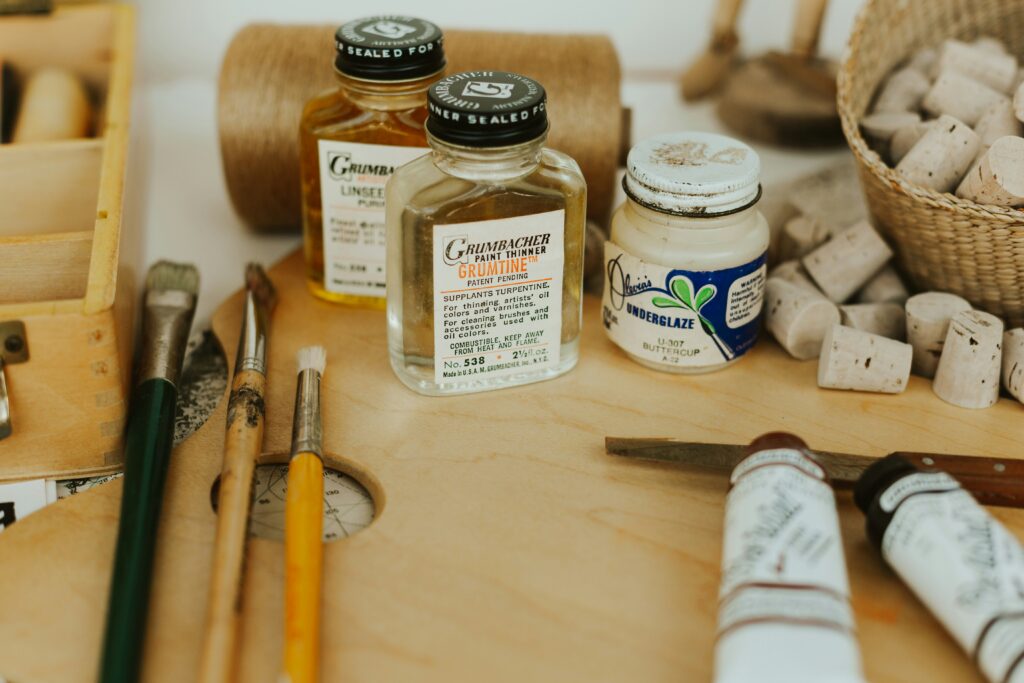
Sustainable crafting focuses on using materials that are kind to the planet. This involves choosing renewable, recycled, or upcycled materials that reduce waste, limit the use of harmful chemicals, and support ethical production practices. For many crafters, embracing sustainability isn’t just about the end product; it’s about the process of making and the positive effect that process can have on the environment.
By opting for eco-friendly materials in your projects, you’re not only making beautiful and unique items, but you’re also supporting the planet, reducing your carbon footprint, and encouraging more sustainable practices in the crafting industry. So, whether you’re an experienced crafter or just starting out, this is the perfect time to consider how you can incorporate sustainable materials into your creative work.
Eco-friendly craft materials to use
There’s a wide range of eco-friendly materials available to crafters that are both sustainable and easy to work with. Here are some of the most popular options:
Organic cotton is grown without the use of harmful pesticides or fertilisers, making it a much more environmentally friendly option than conventional cotton. It’s a versatile material that can be used for a variety of crafts, including sewing, quilting, knitting, and crocheting. Organic cotton is soft, breathable, and biodegradable, making it a great choice for eco-conscious crafters.
Bamboo is a highly renewable resource that grows quickly without the need for fertilisers or pesticides. Bamboo fibres are naturally strong, biodegradable, and have antimicrobial properties, making them an excellent choice for yarn, fabric, and even knitting needles. Bamboo is soft, lightweight, and often used in knitting, crochet, and textile projects.
For paper-based crafts like scrapbooking, card-making, or origami, recycled paper is a fantastic option. Recycled paper reduces the need for virgin wood pulp, conserving trees and reducing waste. You can easily find recycled paper products made from post-consumer materials or scrap paper from the manufacturing process. Using recycled paper not only reduces your environmental footprint but also gives your projects a unique, eco-friendly touch.
Upcycling old clothing or textiles is a fantastic way to give new life to materials that would otherwise go to waste. Vintage fabrics, old bed sheets, or worn-out clothes can all be repurposed into new projects. Upcycling not only reduces the need for new materials but also adds a personal and creative touch to your work. Plus, you can give new life to unique patterns and textures that aren’t available in stores today.
If you’re into fabric dyeing or textile arts, consider using natural dyes instead of synthetic ones. Natural dyes, derived from plants, fruits, vegetables, and even insects, are biodegradable and less harmful to the environment compared to their chemical counterparts. They also produce beautiful, unique colours that can’t be replicated by synthetic dyes, adding another level of artistry to your creations.
How to choose eco-friendly materials for your projects
Choosing sustainable materials for your craft projects can sometimes be tricky, but there are a few simple steps you can take to ensure that you’re making the best choices for the environment:
Read the labels
When purchasing materials, always check the label or product description to see if it’s made from sustainable, organic, or recycled materials. Many companies now include information about the eco-friendliness of their products, such as whether the material is made from organic fibres or if the product is free from harmful chemicals.
Look for certifications
Look for certifications like GOTS (Global Organic Textile Standard) for organic fabrics, FSC (Forest Stewardship Council) for responsibly sourced wood, or Oeko-Tex Standard 100 for textiles that are free from harmful substances. These certifications can help you make informed decisions about the materials you choose.
Consider the full life cycle
When choosing materials, think about their full life cycle – from production and usage to disposal. Materials that are biodegradable or recyclable are always a better option than those that contribute to long-term waste. Consider whether the materials can be reused or repurposed in the future.
Support ethical brands
Many craft suppliers now focus on sustainability in their production methods. Look for brands that prioritise ethical sourcing, fair wages, and eco-friendly practices. Supporting these brands helps to encourage sustainable practices in the crafting industry.
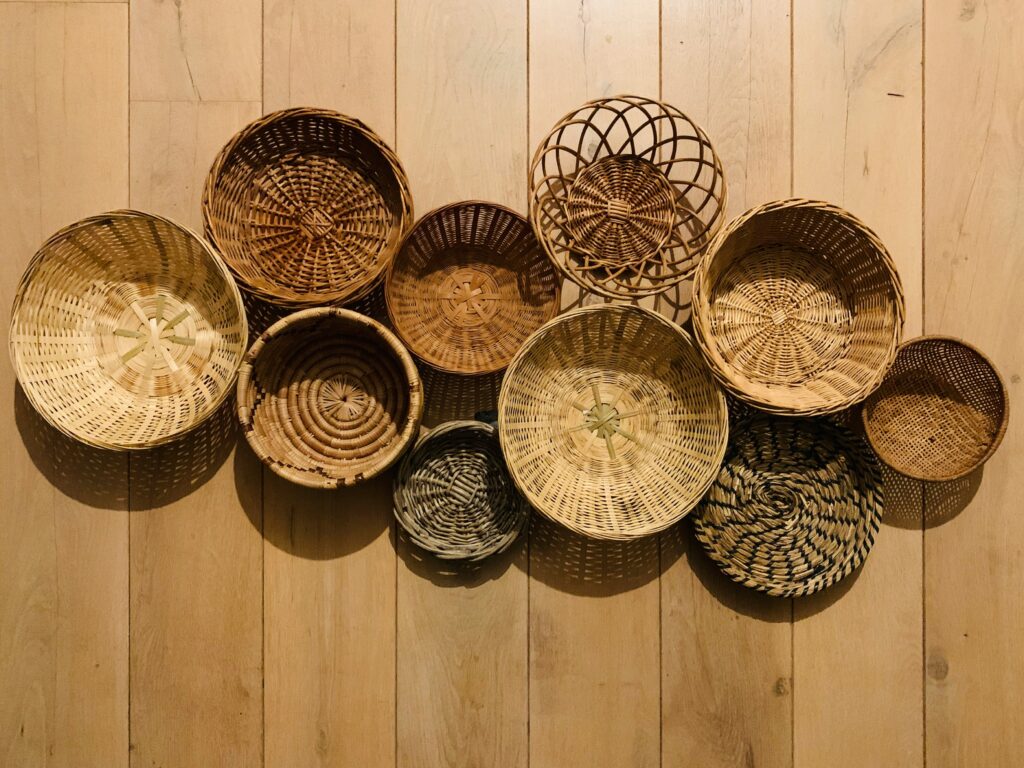
The benefits of using sustainable materials
The benefits of using sustainable materials go beyond simply being “green” – they can also enhance the quality of your craft projects and make the process more enjoyable.
- Reducing waste: By using recycled or upcycled materials, you’re helping to reduce waste that would otherwise end up in landfills. Many sustainable materials, like recycled paper or upcycled fabric, give new life to materials that would be discarded, which is both environmentally responsible and creatively inspiring.
- Supporting ethical production: Choosing eco-friendly materials means supporting businesses that prioritise fair working conditions, ethical sourcing, and environmentally-conscious production methods. This can have a positive impact on workers, communities, and the planet.
- Enhancing project quality: Sustainable materials are often higher quality and more durable than their mass-produced counterparts. For example, organic cotton is softer and longer-lasting than conventionally grown cotton, and upcycled fabrics have a unique charm that mass-produced textiles can’t match. These materials can help elevate the quality of your projects, creating pieces that will stand the test of time.
Are you ready to embrace eco-friendly crafting?
Sustainable crafting isn’t just a trend – it’s a way of making a positive impact on the planet while expressing your creativity. By choosing eco-friendly materials, you can reduce waste, support ethical production, and enhance the quality of your work. Whether you’re a seasoned crafter or just starting out, there are endless opportunities to incorporate sustainability into your projects.
Let’s look at today’s article:
- Sourcing materials sustainably and creating sustainable pieces can be just as rewarding as working with any other materials
- Finding more sustainable alternatives can be taxing, but once found can elevate your pieces and products significantly
- Even small habits can give your piece a more sustainable feel, such as laying out patterns so you have almost no wasted clippings
- Working with recycled fabrics, papers and non-toxic paints will also improve your carbon footprint
- It doesn’t matter if you’re a seasoned crafter or if you’re just getting started: Embracing sustainable habits within your crafting routine makes a difference on the quality of your work and on its impact on our planet
So, the next time you embark on a new craft project, consider the materials you’re using. Opt for organic cotton, upcycled fabrics, or recycled paper, and embrace the joy of creating something beautiful while doing your part for the planet. With a little thought and creativity, you can make sustainable crafting a core part of your artistic practice, and in turn, help foster a more sustainable world. Happy crafting!


